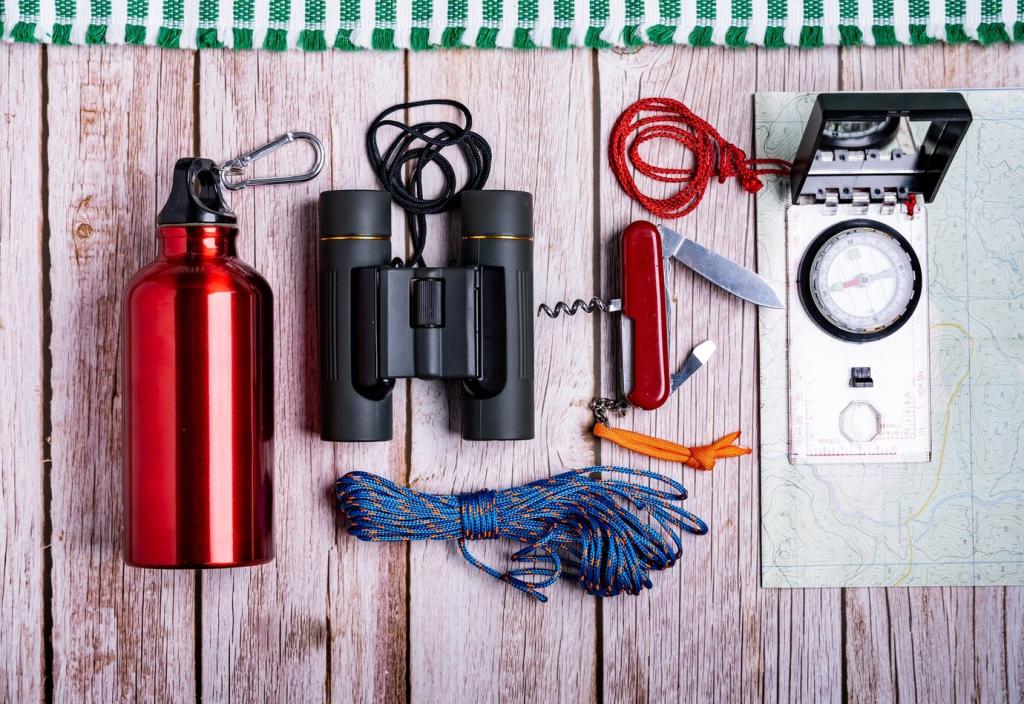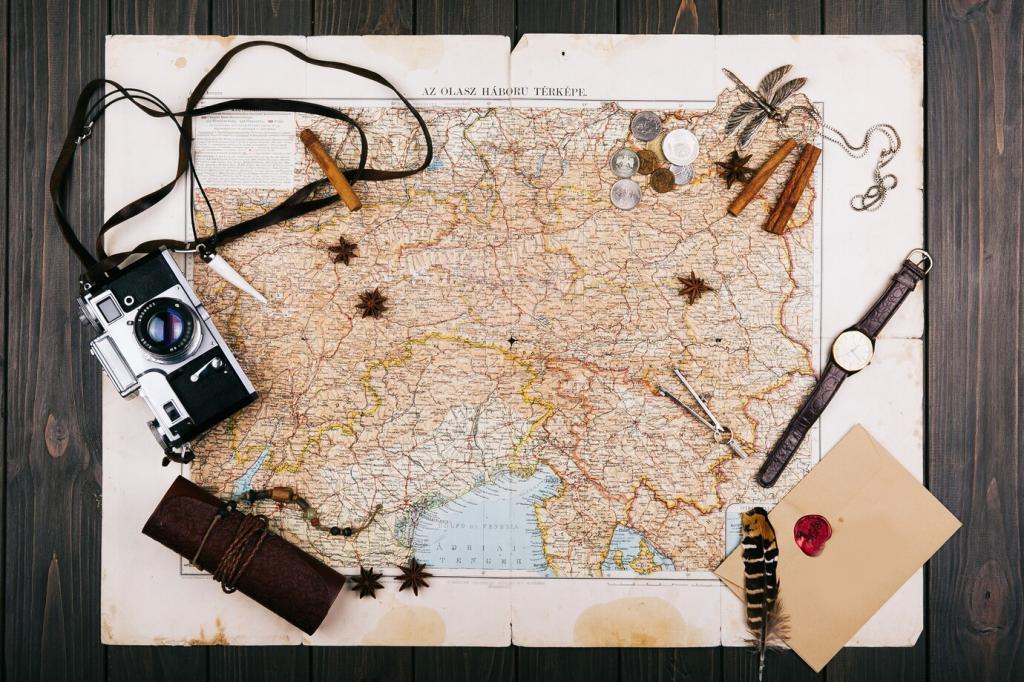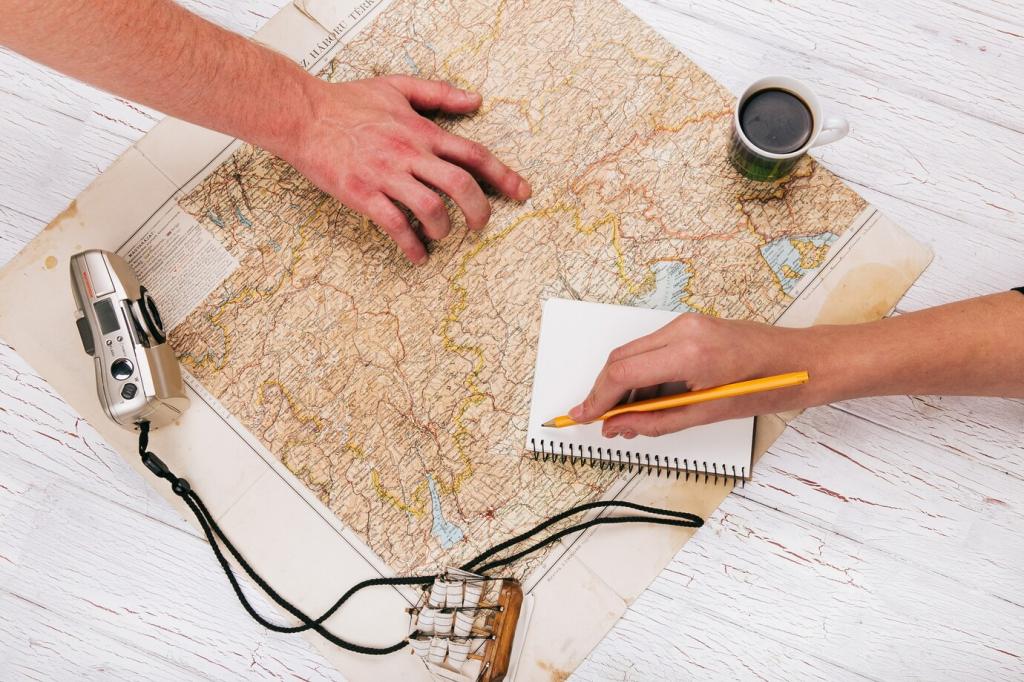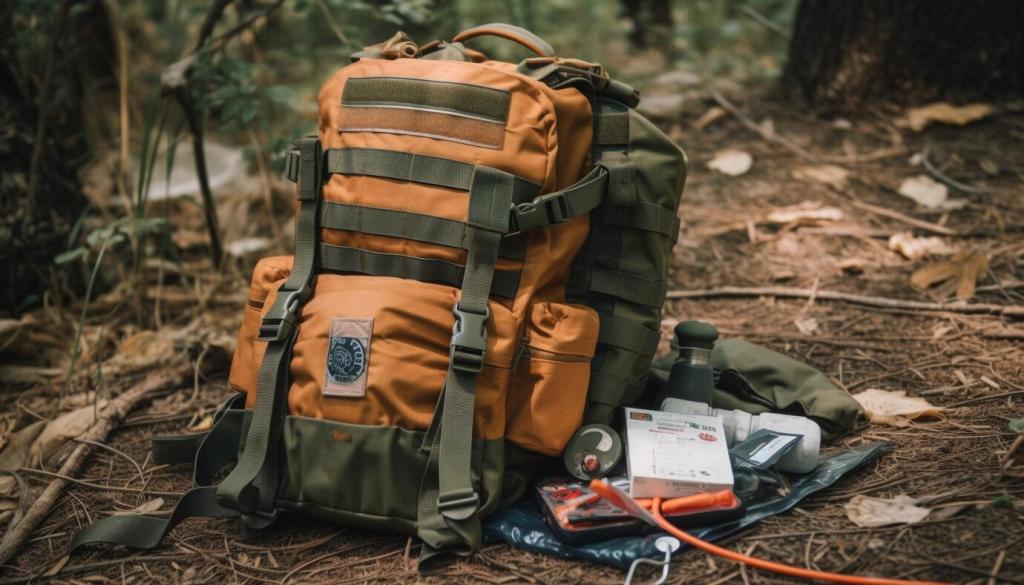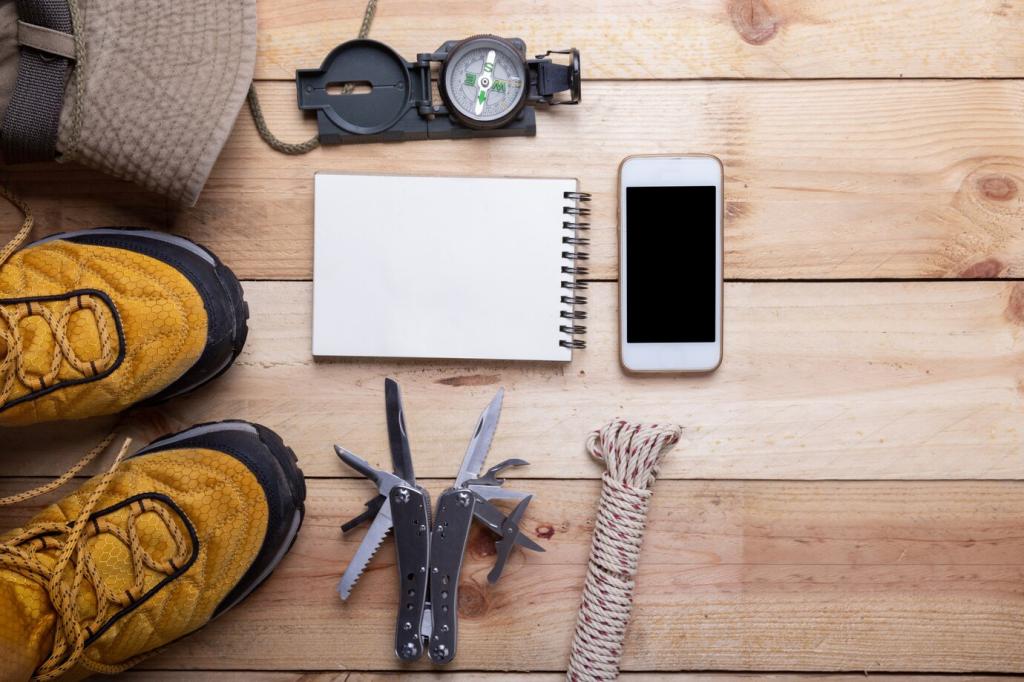Footwear, Traction, and Gaiters
Look for insulated, waterproof boots that remain pliable in subfreezing temperatures. Roomy toe boxes help circulation and reduce frostbite risk. Pair with moisture-wicking liners and a thicker outer sock to manage sweat while preserving warmth.
Footwear, Traction, and Gaiters
Microspikes excel on packed, icy trails; snowshoes shine in unconsolidated powder; crampons belong on steep, hard ice. Match traction to conditions, and practice transitions with gloves so you can adapt fast when weather flips unexpectedly.


